Michael Barber, Associate IALD, LEED AP BD+C, participated in an interview along with other notable lighting industry experts to share his knowledge and lessons learned with Building Operating Management magazine.
During this four part interview Mike and his fellow interviewees touch on the challenges of achieving proper light quality, benefits of layering light and utilizing controls, the hazards of swapping out fixtures without considering the overall system, and the benefits of planning and testing lighting fixtures prior to a system upgrade.
“If facility managers are forced to deal with a deadline on a project, usually it’s, ‘I’m going to throw something in the ceiling and be done with it,’” says Michael Barber, principal, with The Lighting Practice. In addition to rush jobs, there are decades of outmoded thinking around commercial lighting to counteract. For example, more is not always more. “One common mistake that we see over and over is overlighting of the space,” says Barber.
“All those layers may be controlled separately, so that you alter the experience,” says Barber. “You create the right visual experience for the task at hand.” – Michael Barber on utilizing lighting controls.
LIGHTING DESIGN: The Challenge of Getting Lighting Quality Right
By Naomi Millán, Senior Editor – December 2014
Being smart about light in commercial spaces is not just about efficiency — about counting kWH — but also the challenge of getting lighting quality right. No one would dispute that improving the efficiency of lighting systems in commercial spaces is one of the most reliable ways to improve the energy performance of a facility, often with a quick payback. As lighting technology evolves at breakneck speeds, it’s also getting easier by the day to get more light for less energy.
But in addition to the quantity of power consumed by lighting systems, the quality of the light should also be an integral part of the conversation. Lighting quality affects productivity, wayfinding, and perception of products. It sets the tone for a space and inextricably influences our very biology. But efficiency has often crowded out quality in lighting design conversations of late, experts say.
To read the full article click here.



